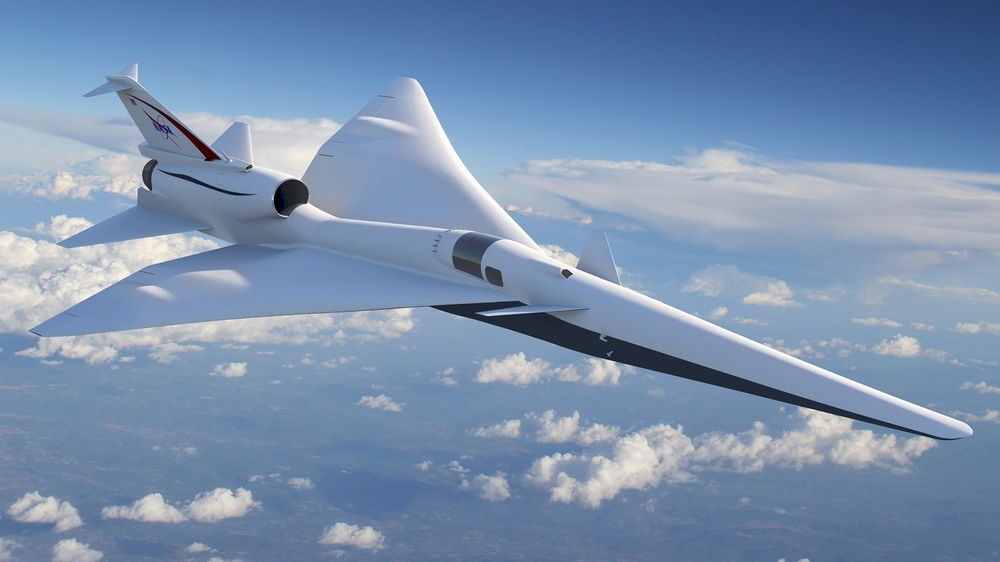Nasa is moving forward with its plans for a super-quiet supersonic jet

In a future where it’s looking increasingly likely that our skies are going to be filled with noisy drones, it’s somewhat comforting to know that Nasa is pushing forward with its plans for a quiet supersonic jet.
Nasa has told Bloomberg that it’s planning to start taking bids in August for the construction of a demo model of an aircraft which it successfully tested on a smaller scale in June.
The model is expected to reduce the level of noise the aircraft makes to no more than 65 dBa – which co-designer Lockheed Martin says will be no noisier than what you'd hear from driving a Mercedes Benz or sitting in a busy restaurant.
Sky Ninja. Call it Sky Ninja
Being so quiet, the jet would be able to travel to far more destinations than previously developed super-fast aircraft. The Concorde was limited in terms of where it could fly to because it reached 90 dBa, and therefore couldn’t safely travel over land due to the ground-level disturbances it was capable of causing.
Nasa’s research has shown that its jet design should be able to maintain 60 to 65 dBa even at a commercial scale. The aircraft would fly at 55,000 feet using a single engine that’s also used to power Boeing’s F/A-18 fighter jet.
All of this could one day result in flights that are half as long as they are currently; it’s estimated that the flight time from Los Angeles to New York could be cut to as little as three hours.
Nasa has said it’s planning to fly the aircraft over six populated areas by 2022. While the version that Nasa tests won’t be a passenger jet, the agency plans to share the results and technology with US plane manufacturers, which should enable them to start work on their own aircraft.
Sign up for breaking news, reviews, opinion, top tech deals, and more.
Now that the technological barriers are being overcome, the next step for long-haul flights will be lifting the ban the US implemented with regards to supersonic travel over land in 1973. That said, the aircraft already has government funding for its first year, so it’s likely this will be achievable.
Then all we have to do is wait for our first supersonic journey.

Emma Boyle is TechRadar’s ex-Gaming Editor, and is now a content developer and freelance journalist. She has written for magazines and websites including T3, Stuff and The Independent. Emma currently works as a Content Developer in Edinburgh.